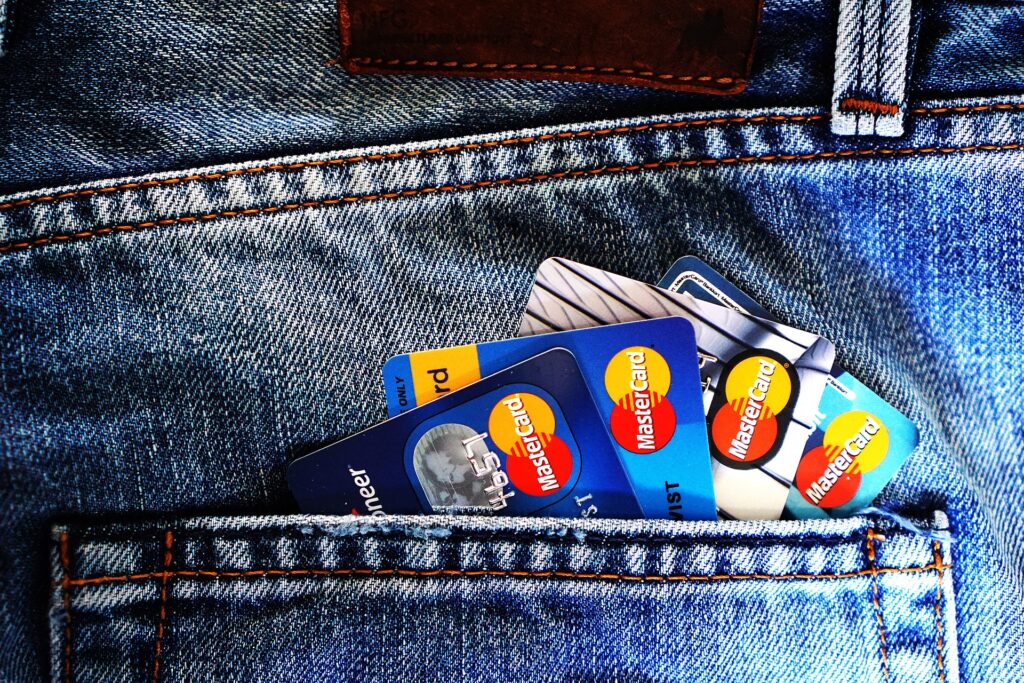
You’re likely familiar with how to use a debit card, as they’re one of the most common payment methods for many transactions. But did you know you could also send money directly to a debit card?
At Remitly, for instance, we offer debit card deposits to numerous countries. Our app makes it simple to send money to India, Pakistan, the Philippines, Mexico, Colombia, and many other countries, directly to someone’s debit card.
Keep reading to discover how and why you might send money to a debit card. Delivery options vary depending on the recipient’s location.
5 Steps for Sending Money to a Debit Card
The process is generally the same across various platforms for international money transfers, such as Western Union, MoneyGram, and others.
Here’s how to complete an online money transfer to a debit card using Remitly:
-
Download the Remitly app.
Download the Remitly app from the App Store (iOS) or Google Play (Android), create an account, and then follow these steps.
-
Enter the amount to send.
Enter how much money you’d like to send. Check the exact amount your recipient will receive after any fees or exchange rate markups. Remitly offers a special rate and no fees on your first bank transfer.
Send and Receive Money Internationally in the UK with Remitly.
Get started with our free mobile app.
Download -
Choose a delivery method.
Select the option to send funds to a debit card. With Remitly, this option is labelled as “debit card deposit.”
-
Enter your recipient’s information.
You’ll need your recipient’s details, such as their first name, surname, and phone number, along with their debit card number. You may not need their bank account details, but it’s a good idea to have this information handy, just in case.
-
Choose a funding source.
When you sign up for Remitly (or another payment service), you’ll input your bank account or debit card details. You can then choose how you’d like to pay for the transfer based on the available payment options.
Review and send.
Double-check the 16-digit debit card number before hitting “send” to ensure it’s correct.
Transferring Money to a Debit Card with Remitly
Remitly makes it straightforward to send money to people worldwide, offering the ability to transfer funds directly to debit cards.
To get started, sign up for a Remitly account if you don’t already have one, and then follow the steps above. It’s that easy.
Which Debit Card Types Are Supported by Remitly?
Your recipient needs a Visa debit card issued by a bank that accepts debit card deposits. At present, Mastercard and Discover debit cards are not supported.

Benefits of Sending Money to a Debit Card
Here are some key advantages of sending money directly to someone’s debit card:
Convenience
Once the funds are available, your recipient can use their debit card for payments, topping up a mobile phone, and other transactions. They can also withdraw cash from an ATM or bank branch.
Sending money directly to a debit card means they won’t need to leave the house to collect cash.
Speed
Transfers to a debit card are typically quick. With some mobile apps, the transfer may be instant, and if not, it usually takes less than one business day.
FAQs and Considerations When Sending Money to a Debit Card
Sending Limits
There may be limits on how much money you can send abroad in one transaction. For details on Remitly’s limits, check the app or website.
Exchange Rates
Exchange rates show how two currencies compare. For example, if you’re in the UK and want to send money to someone in Mexico, the exchange rate might be £1 = 22.70 pesos. If you send £100, your recipient would receive around 2,270 pesos, minus fees.
Exchange rates fluctuate frequently, so check for up-to-date rates before making a transfer.
Fees
Money transfer providers may charge a fee, either as a flat rate or a percentage of the transfer amount. Some providers waive fees for certain countries or transfer sizes.
With Remitly, fees depend on the destination country and transfer speed, and some countries qualify for zero fees.
Can I Send Money to a Prepaid Card?
You might be able to send money to a prepaid debit card if it’s issued by a bank. However, many prepaid cards purchased in shops do not support this.
Can I Use a Credit Card for Transfers?
Yes, although you may incur a cash advance fee. Contact your card issuer to learn more about these charges.
For a detailed guide on how to send money with a credit card, visit the Remitly website.
Safety Tips for Sending Money
Sending money to a debit card is secure if you follow these precautions:
-
Verify all information.
Triple-check the recipient’s details, particularly their debit card number. Even a single error could delay the transfer or send funds to the wrong account.
-
Protect your account.
Use a strong, unique password for your money transfer service. Avoid reusing passwords from other financial accounts.
-
Notify the recipient.
Let your recipient know you’ve sent the funds so they can confirm once they’ve received them.
And there you have it—a convenient way to send money abroad to someone’s debit card.
